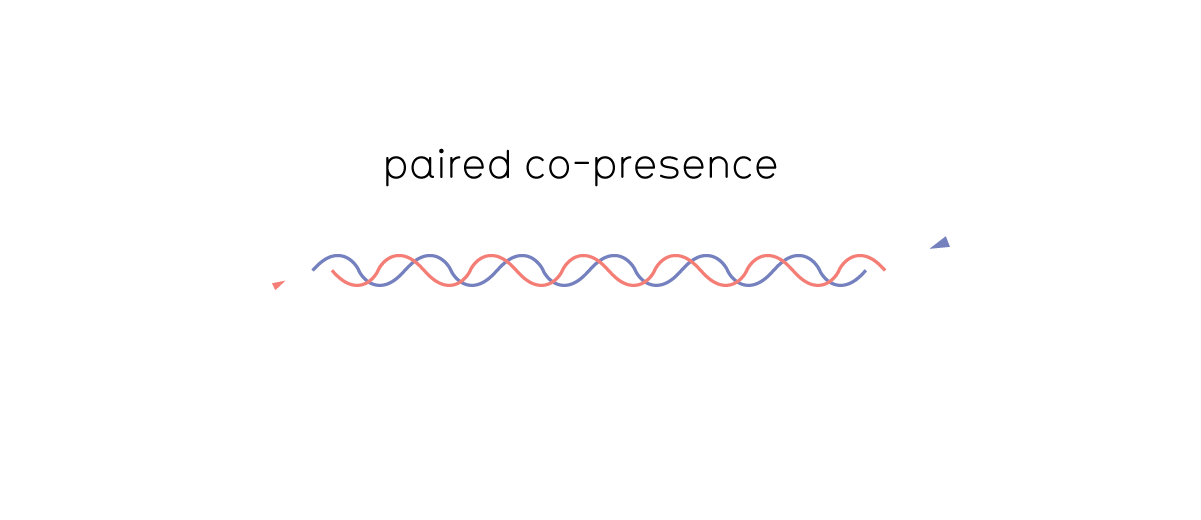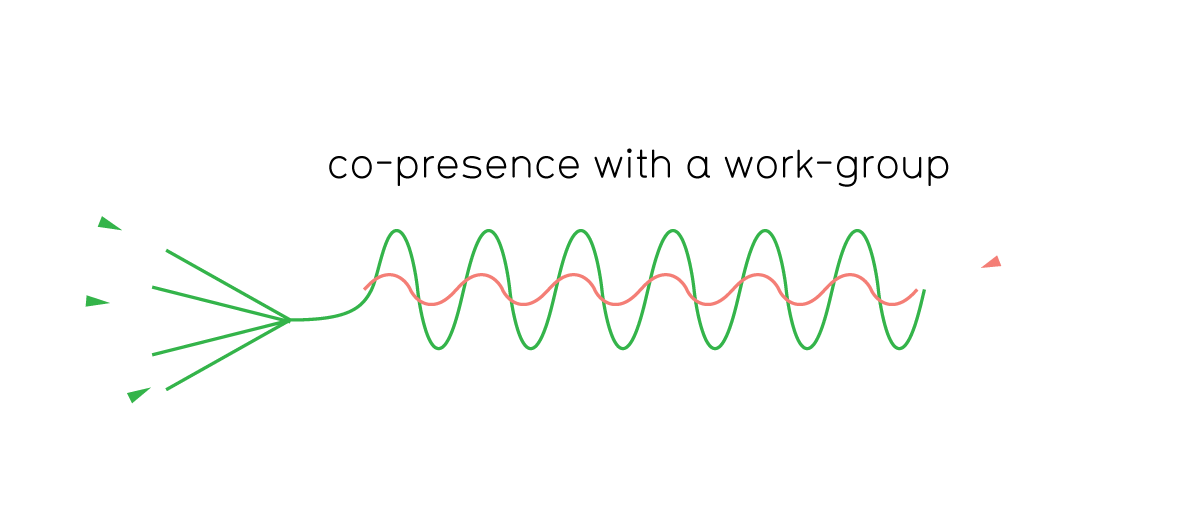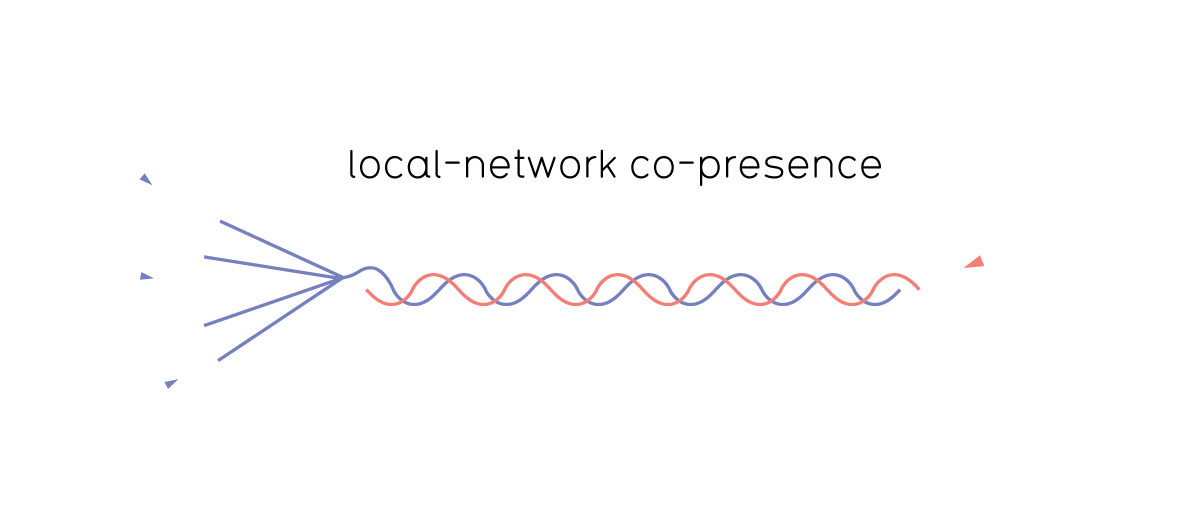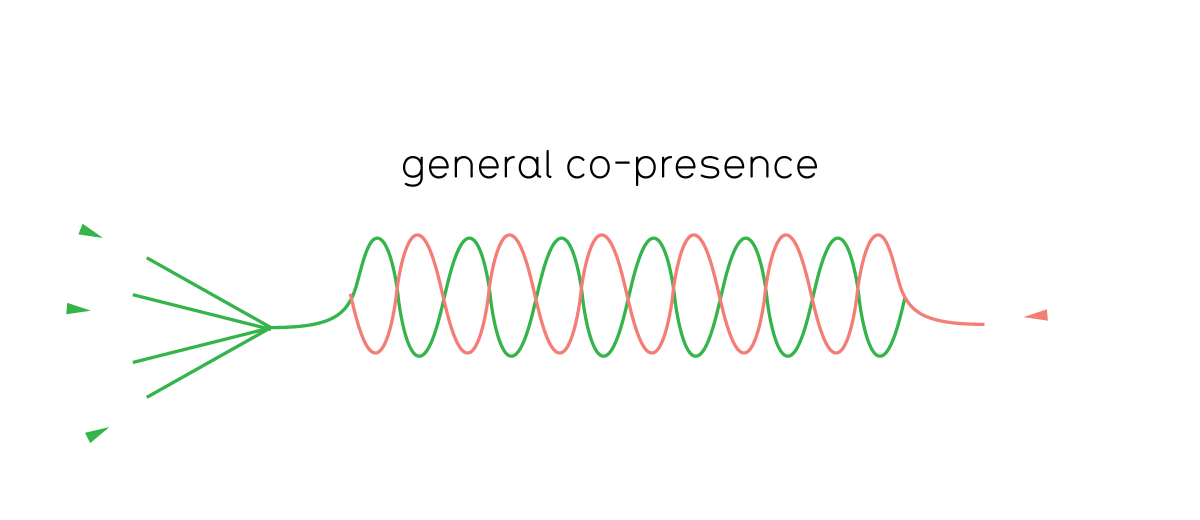Co-presence Network
Brief
Create a proactive system that addresses disabilities while also exploring boundaries, seams and superpowers. With this project, we approached the idea of disabilities in the situational sense, like how multi-tasking can increase the burden of cognitive load, or occupied hands are incapable of doing other things.
Conceptual Framework
Our team began with two different interests that merged and evolved into what we now call the Co-Presence Network. The first idea was a specific use for something like On-Star meets Virtual Reality. What if you were driving down the street, talking on the phone with a friend, and that friend could see where you were driving, and what traffic was doing, and whether pedestrians were about to jump out in front of you? Having a conversation as if they were right there riding along side you? Multi-tasking is shown to increase the cognitive load on an individual, and in the event of highly complex or highly stressful multi-tasking situations, finding a way to share that load is very appealing. We call this concept Co-Load.
The second conceptual input was an interest in the idea of empathy. What would happen if you could have the full effective experience of walking in someone else's shoes? Would it create empathy to be able to see the world through someone else's eyes? What if you, as a man, could fully experience walking down the street as a woman, and vice versa?
From this abstraction of Co-Load onto the more general interest in creating empathetic experiences, we developed the umbrella concept of Co-Presence, or being present along with others. And in this case, it is being virtually present. And as a social network implies, the Co-Presence Network is a system that enables users to be virtually present alongside a wide-array of constituents from friends and family, to co-workers, and public groups, or, conversely allows them to be virtually present with you.
Unlike traditional social media, the Co-Presence proposes a variable (user-controlled) and seamless stream of experiential information. We imagine the Co-Presence network and the untethering of people from the push and pull of delayed-update networks could represent a completely new realm of social interactions, with untold implications on the future of human social interaction, work culture, and more.
Simulating Co-Presence
The closest we could come to demonstrating the experience of co-presence during our presentation was with an Oculus Rift-type VR experience.
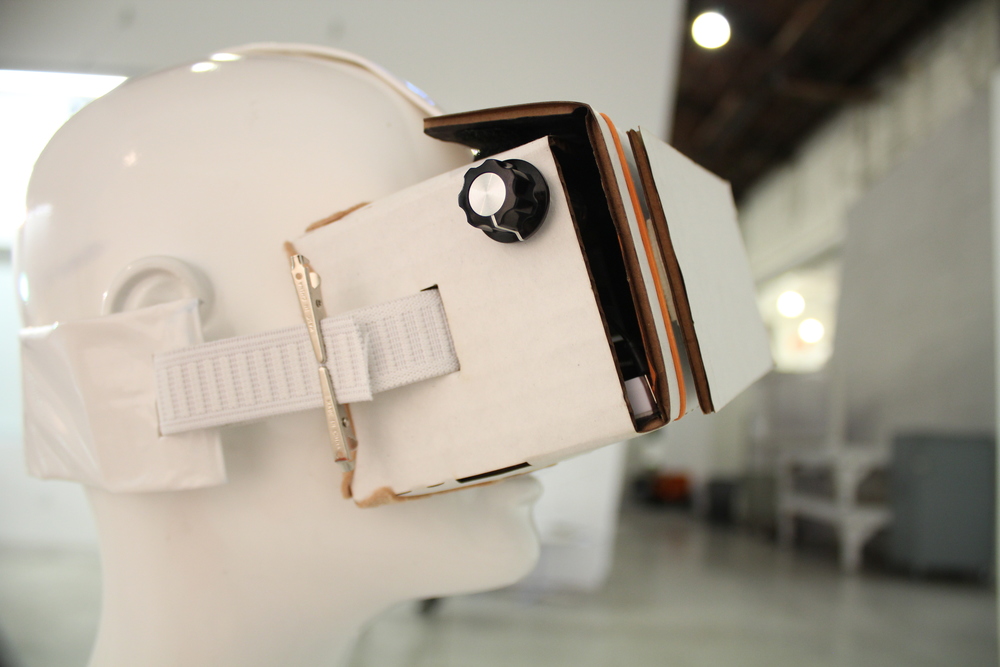
We designed and built a pair of VR Headsets and, using a stack of iphones, were able to film two independent first person perspective video streams, then feed them back as a single bi-layer video channel into the VR experience. A knob on the headset allows users to switch between the two layers on the channel, alternating between their own first person perspective, and that of a completely independent second user.
Interaction Model
Keys
Keys are the physical artifacts you take with you that give you access to different individual or group channels. There are different types of keys for different types of commonly identified presence-types:

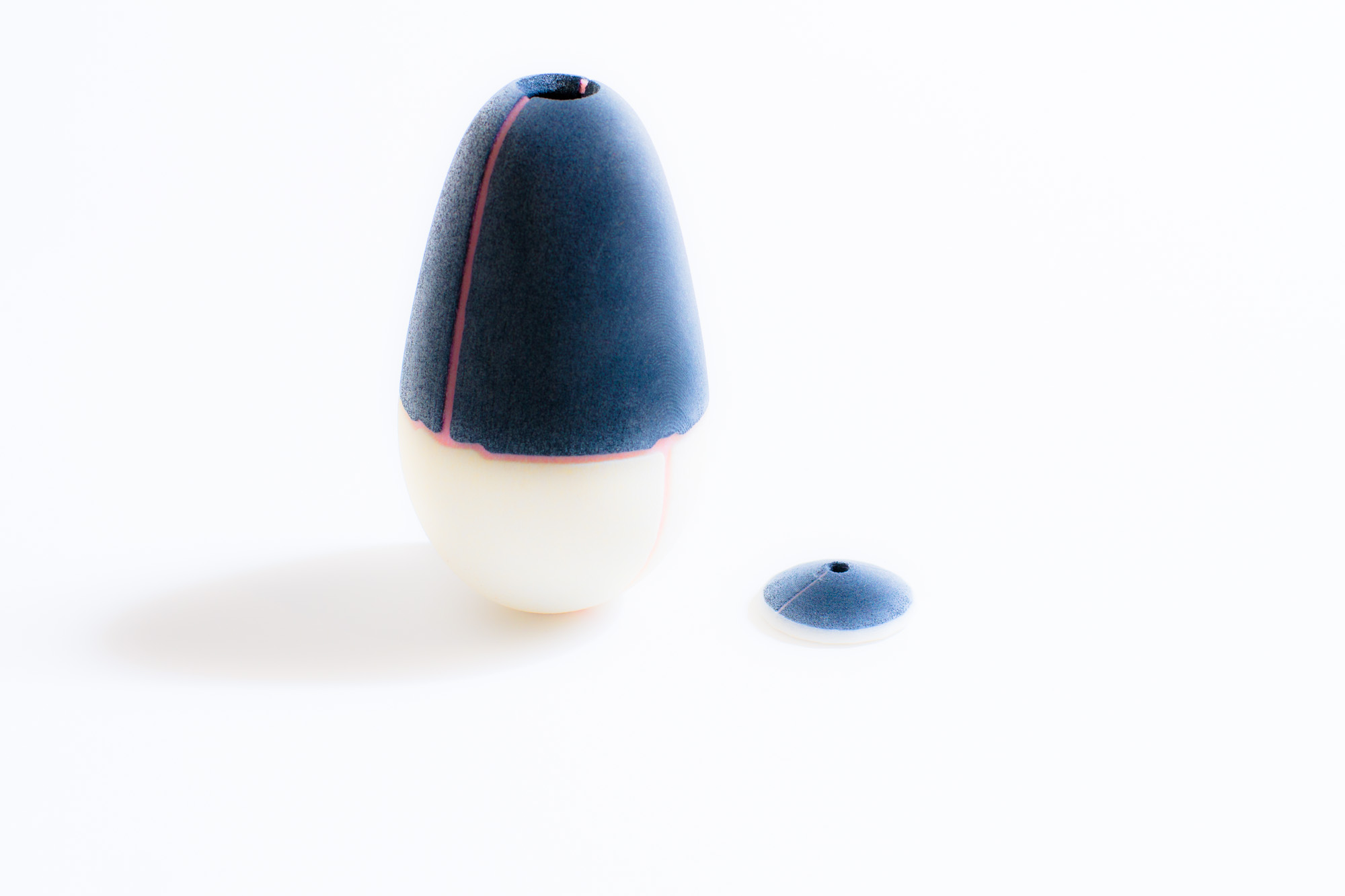
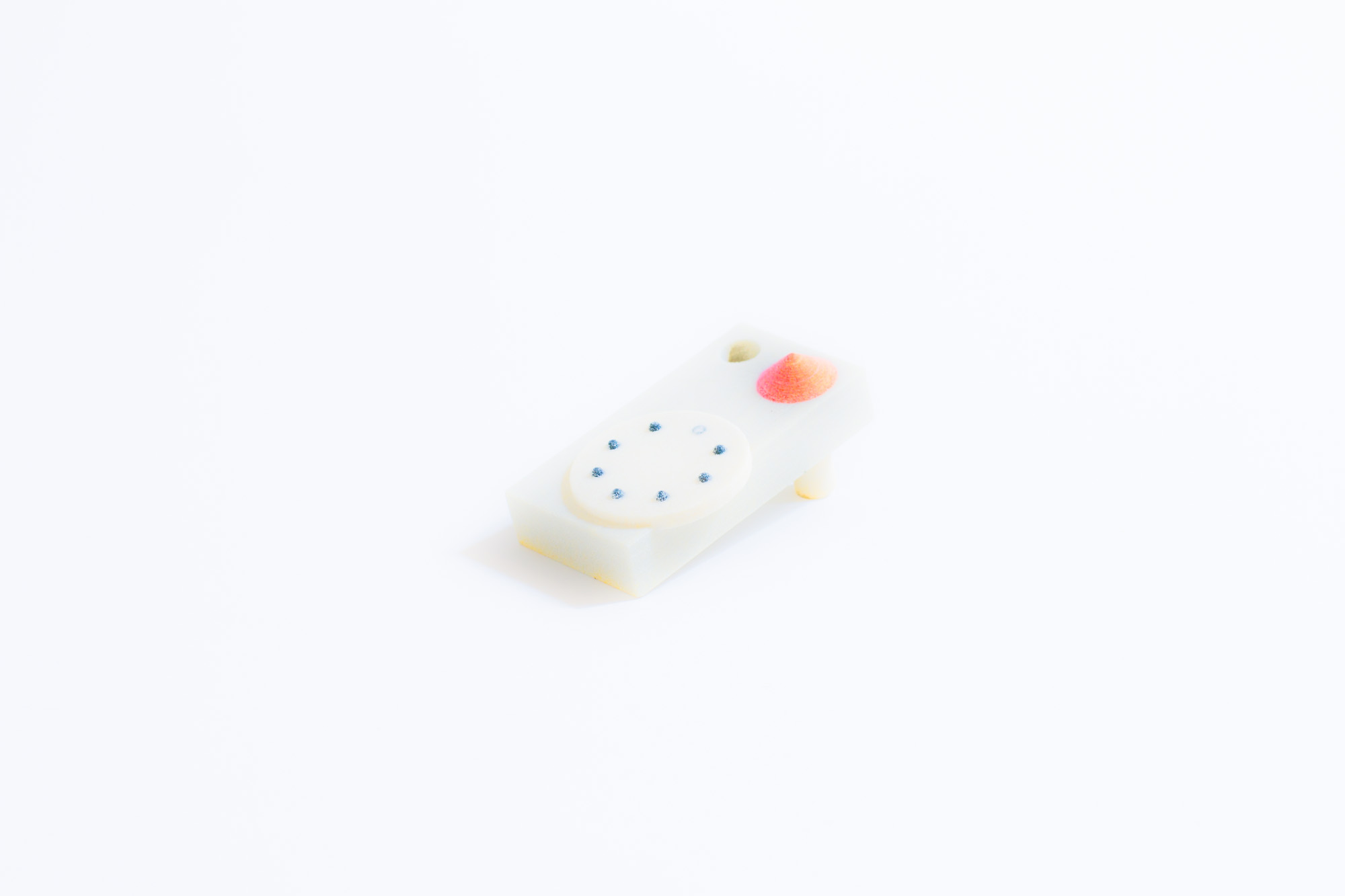
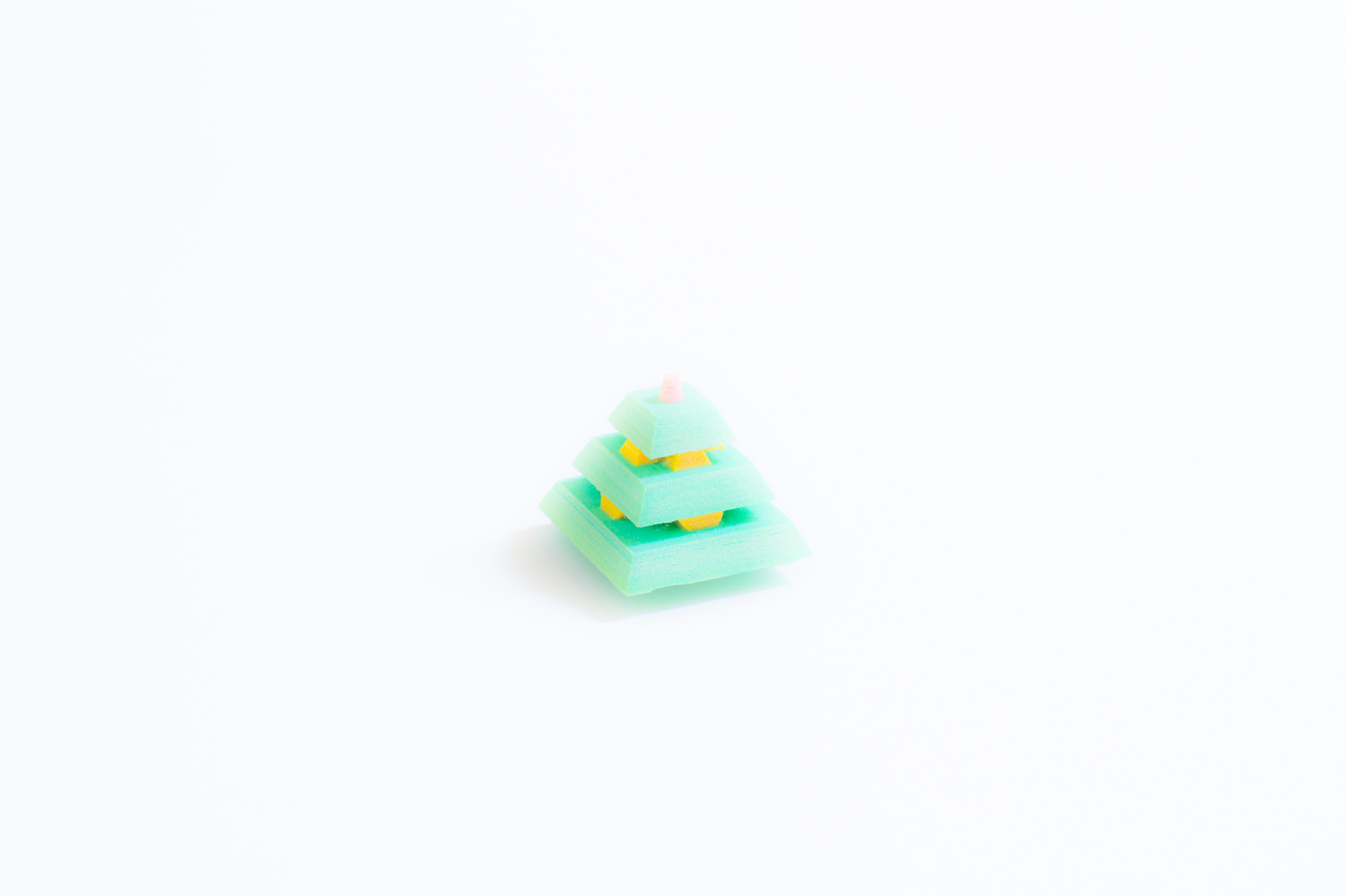
Channels, directionality, volume
Pick a channel (and acquire the necessary key) that suits you. A friend, co-working group, your doctor, or mother!
Choose from bi-directional or uni-directional information flow, and from one-on-one to a one-to-many users
Set the volume of your interaction. A high volume flow may be useful for engaged and/ or proactive co-presence situations, such as helping some navigate while driving. Low flow may be useful for a co-present situation in which less information, or less attention to information is necessary, such as a long distance relationship, in which simply being present in the background might be an added comfort.
